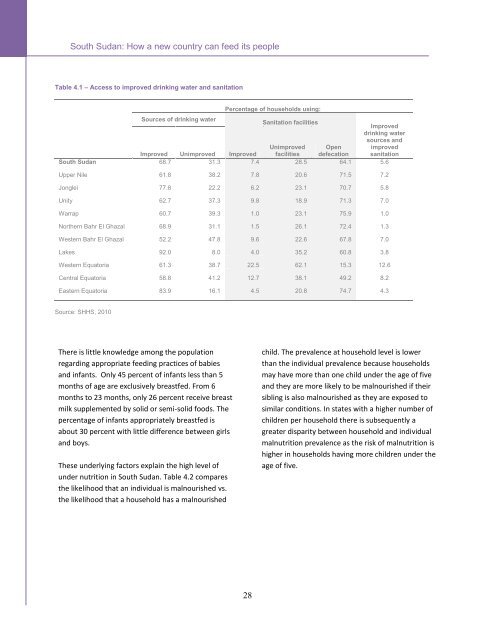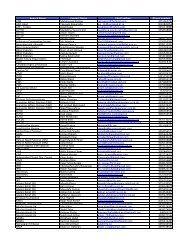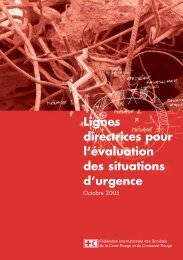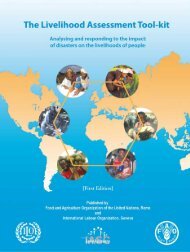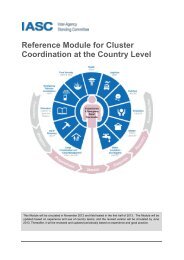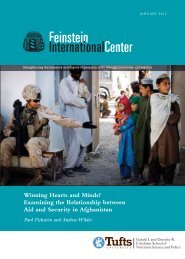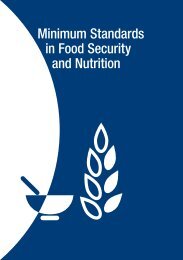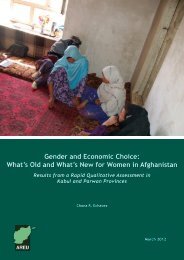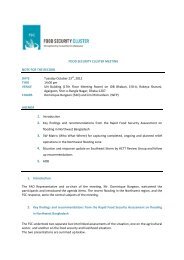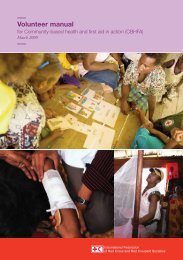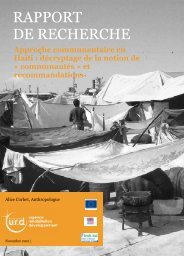4.15 MB - Food Security Clusters
4.15 MB - Food Security Clusters
4.15 MB - Food Security Clusters
- No tags were found...
Create successful ePaper yourself
Turn your PDF publications into a flip-book with our unique Google optimized e-Paper software.
South Sudan: How a new country can feed its peopleTable 4.1 – Access to improved drinking water and sanitationPercentage of households using:Sources of drinking waterSanitation facilitiesImproveddrinking watersources andImproved Unimproved ImprovedUnimprovedfacilitiesOpendefecationimprovedsanitationSouth Sudan 68.7 31.3 7.4 28.5 64.1 5.6Upper Nile 61.8 38.2 7.8 20.6 71.5 7.2Jonglei 77.8 22.2 6.2 23.1 70.7 5.8Unity 62.7 37.3 9.8 18.9 71.3 7.0Warrap 60.7 39.3 1.0 23.1 75.9 1.0Northern Bahr El Ghazal 68.9 31.1 1.5 26.1 72.4 1.3Western Bahr El Ghazal 52.2 47.8 9.6 22.6 67.8 7.0Lakes 92.0 8.0 4.0 35.2 60.8 3.8Western Equatoria 61.3 38.7 22.5 62.1 15.3 12.6Central Equatoria 58.8 41.2 12.7 38.1 49.2 8.2Eastern Equatoria 83.9 16.1 4.5 20.8 74.7 4.3Source: SHHS, 2010There is little knowledge among the populationregarding appropriate feeding practices of babiesand infants. Only 45 percent of infants less than 5months of age are exclusively breastfed. From 6months to 23 months, only 26 percent receive breastmilk supplemented by solid or semi-solid foods. Thepercentage of infants appropriately breastfed isabout 30 percent with little difference between girlsand boys.These underlying factors explain the high level ofunder nutrition in South Sudan. Table 4.2 comparesthe likelihood that an individual is malnourished vs.the likelihood that a household has a malnourishedchild. The prevalence at household level is lowerthan the individual prevalence because householdsmay have more than one child under the age of fiveand they are more likely to be malnourished if theirsibling is also malnourished as they are exposed tosimilar conditions. In states with a higher number ofchildren per household there is subsequently agreater disparity between household and individualmalnutrition prevalence as the risk of malnutrition ishigher in households having more children under theage of five.28


